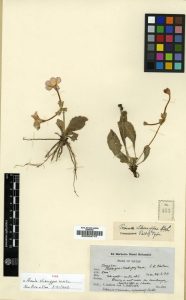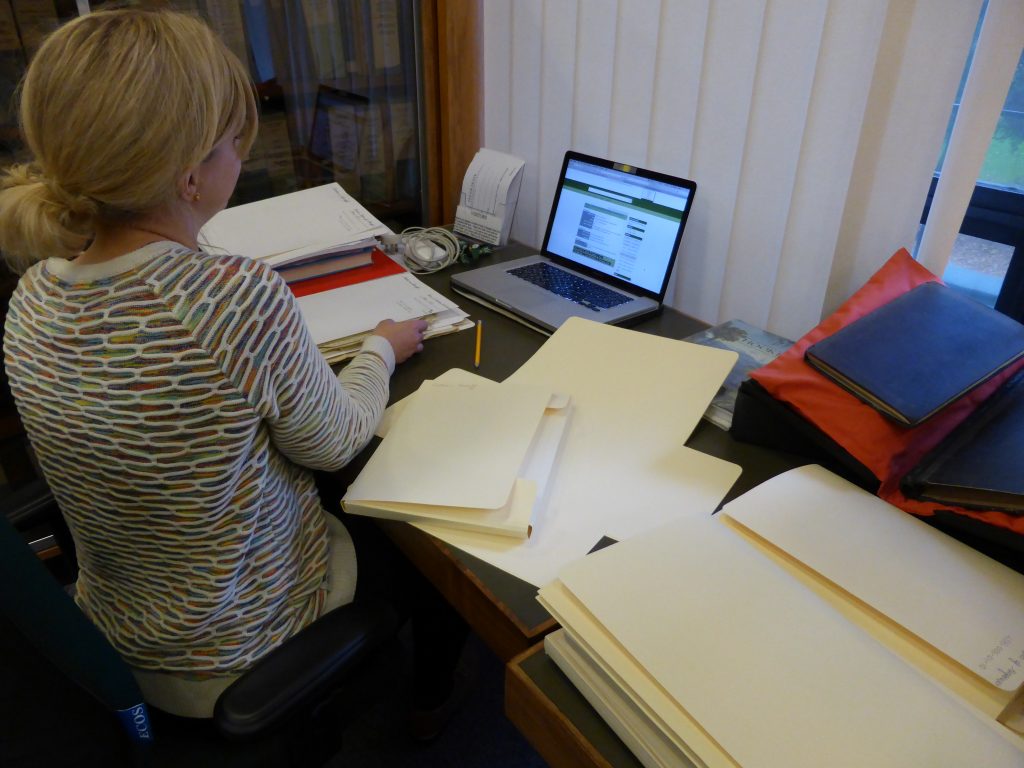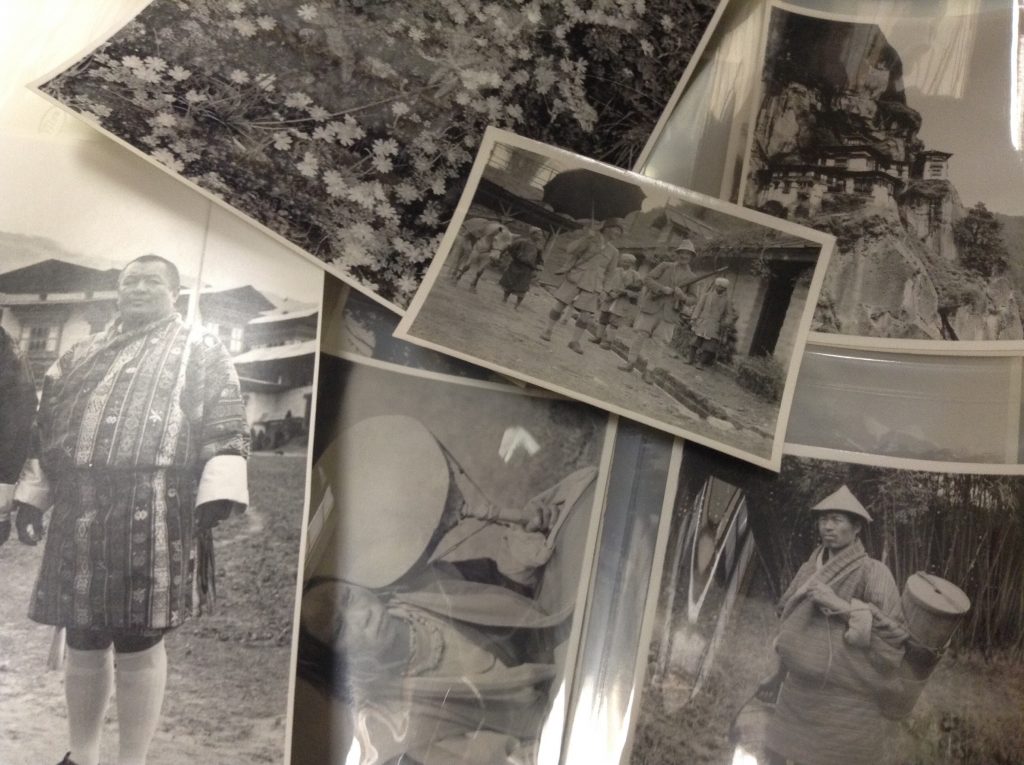In early November 2015 we were lucky enough to be asked if we’d take a postgraduate student studying Archives and Records Management at Glasgow University for a two week placement. While here Julia Wylie listed and catalogued the contents of our holdings relating to the plant collecting team of George Sherriff and Frank Ludlow. She worked really hard and was able to get her listings on to our newly available Archives catalogue: they can be viewed by clicking here.
We also asked her to write a post for Botanics Stories on her experiences and what she wrote can be found below. Thank you Julia!
Spring is the month most associated with clearing out and organising one’s surroundings. A postgraduate in archiving, however, will ensure that this is how the whole year will be spent, and so it is in the midst of autumn that I have been spending some time cataloguing in the archives of RBGE.
A wide and varied archive, there are many collections that I would have loved to spend time exploring but my two short weeks have been spent working on the fascinating Ludlow and Sherriff collection.
An important collection that explores the expeditions of Frank Ludlow and George Sherriff throughout the Himalayas over a sixteen-year period, it comprises diaries, correspondence, photographs and plant lists, helping to bring together almost two decades of work. A Quest of Flowers – The Plant Explorations of Frank Ludlow and George Sherriff by Harold R. Fletcher became my daily reading and opened up their world.
Morning commutes by train across Scotland in thick fog and rain transported me beyond the pages of my book, to rain drenched expeditions in the Kingdom of the Clouds, where leeches and ticks plagued every step through dense forests. As tangles of plants thinned into wide expanses of flower-covered mountainside, there would be days when every step would yield new discoveries. These were places where few Europeans had ventured before, where rhododendron wood could sustain a fire; butter was traded with lamas; where conditions were often unforgiving, but the inhabitants were kind and resourceful.

We looked at Primula sherriffae in the herbarium, collected by Ludlow and Sherriff in SE Bhutan in 1934.
As I catalogued, the collection sprang to life. Where I had previously been enthralled by photographs of Himalayan people swathed in patterned textiles and sublime landscapes, suddenly the smaller and more numerous photographs of Primula captured my attention. I began to appreciate the tones, denoting subtle variation in colour, the differences in petals and the sheer work that it took to get these photographs and samples, introducing new varieties to Britain.
The appreciation of Primula from the layman’s standpoint made me realise that the catalogue should include references to the other material available on Sherriff and Ludlow in the RBGE. When brought together these aspects would help bring each part of the collection to life. Time spent in the library, the herbarium and the living collection helped add to my understanding that I hope will filter down to users of the collection catalogue.
I leave the Botanics with my eyes opened and I’ll end with a passage from Ludlow’s diary that captures the essence of the collection.
‘To label, press and preserve plants for the herbarium was never the sole object of our botanical expeditions. Few, save the expert, ever spend much time in herbaria, but the living plant, that grows in our gardens and parks, is a joy to all who behold it. And so we experienced just as big a thrill when we garnered the seeds of some dry and shrivelled plant in autumn as when we plucked it in all its floral loveliness in spring – for others, perhaps, would now enjoy its beauty…The trials of a seed hunter are numerous and we often used to wonder how many of the people who received our seeds ever paused to think of the labour entailed in their collection. Only a few, I fear.’ Ludlow, ‘A Quest of Flowers’ by Harold R. Fletcher, 1975, p.222
by Julia Wylie, Glasgow University, November 2015.


